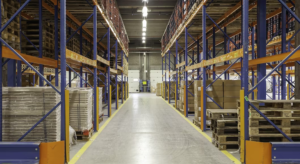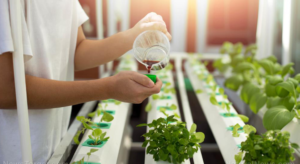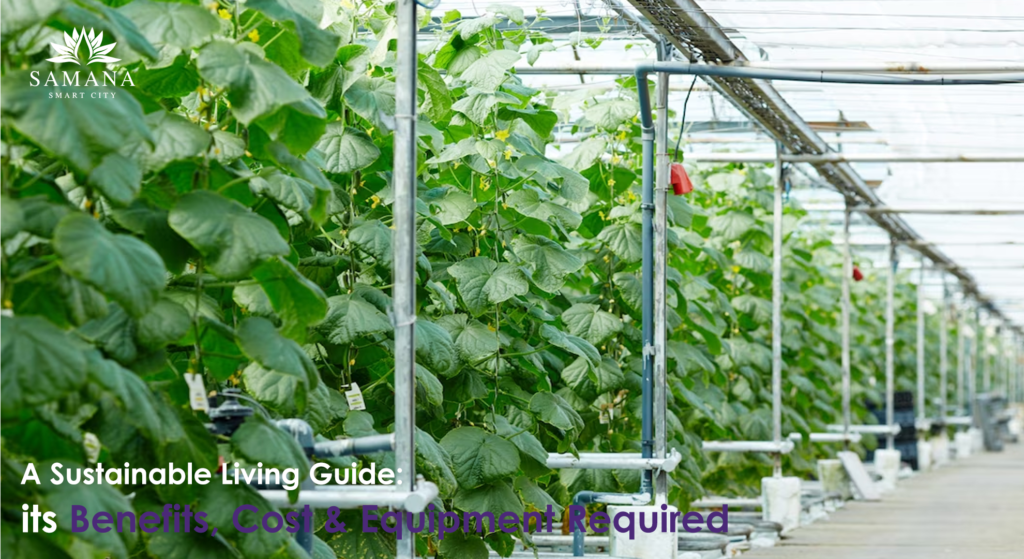The Advantages of Vertical Farming at Home
Vertical farming offers a range of benefits that make it an attractive option for those interested in growing their own food:
- Space Efficiency
Traditional gardening requires large plots of land, but vertical farming utilizes vertical space, making it possible to grow plants in a smaller footprint. This is especially beneficial for urban residents with limited outdoor space.
- Year-Round Cultivation
Vertical farms can provide a controlled environment that allows for cultivation throughout the year. You are not limited by seasons or adverse weather conditions, ensuring a constant supply of fresh produce.
- Water Conservation

Vertical farming engages hydroponics or aeroponics systems, both of which use significantly less water compared to traditional soil-based farming. This eco-friendly approach conserves water resources to a considerable level and helps to decrease the water wastage.
- Reduced Pest and Disease Pressure
Indoor vertical farming reduces the risk of pests and diseases that commonly affect outdoor crops. This means you can grow your plants with fewer chemical pesticides.
- Faster Growth & Higher Yields
Plants in vertical farms receive optimal conditions, including controlled lighting, temperature, and nutrient levels, leading to faster growth and higher yields.
Exploring the Costs Involved
While vertical farming offers numerous advantages, it’s essential to understand the associated costs:
- Initial Investment
Setting up a vertical farming system can be expensive, primarily due to the cost of equipment such as grow lights, racks, and hydroponic systems. However, these are one-time expenses.
- Energy Costs
Running grow lights and maintaining a controlled environment requires electricity, which can contribute to your monthly utility bills.
- Maintenance
Vertical farming systems require regular maintenance, including checking nutrient levels, pH balance, and addressing any technical issues that may arise.
- Seed & Nutrient Costs

You are going to need a wise investment in quality seeds and nutrient solutions to ensure the health and productivity of your plants.
- Learning Curve
There might be a learning curve involved in mastering the techniques of vertical farming, which could lead to some initial setbacks and costs.
Essential Equipment for Vertical Farming
To start your own vertical farm at home, you will need the following equipment:
- Grow Lights
High-quality LED grow lights are essential to provide the right spectrum of light for plant growth.
- Vertical Racks or Towers

These structures allow you to stack plants vertically, maximizing your growing space.
- Hydroponic or Aeroponic System
Choose between a hydroponic system (which uses nutrient-rich water) or an aeroponic system (which uses mist) to supply nutrients to your plants.
- Temperature and Humidity Control

Invest in a climate control system to maintain optimal temperature and humidity levels for your plants.
- Monitoring Tools
Use sensors to monitor factors like pH levels, nutrient concentrations, and humidity.
- Planting Containers
Select appropriate containers or trays for your plants, ensuring proper drainage and space for growth.
- Nutrient Solutions

Purchase high-quality nutrient solutions to feed your plants and promote healthy growth.
Frequently Asked Questions
Q: Can I grow any type of plant vertically at home?
Yes, you can grow a wide variety of plants, including herbs, leafy greens, and some fruiting crops, depending on your setup and available space.
Q: Is vertical farming sustainable?
Vertical farming is considered more sustainable than traditional farming due to its reduced water usage and space efficiency.
Q: How much time does it take to maintain a vertical farm at home?
The time required for maintenance varies but generally involves daily check-ins for water, nutrients, and lighting.
Q: Can vertical farming be profitable for home growers?
While it may not be a significant source of income, it can provide fresh produce and cost savings over time.
Q: Are there any health benefits to growing your own food?
Growing your own food allows you to have full control over the use of pesticides and chemicals, promoting healthier eating.
Q: Can I set up a vertical farm in my apartment?
Yes, you can set up a small vertical farm in an apartment using compact systems and grow lights.
Conclusion
A fun and environmentally friendly method of growing your own fresh food at home is vertical gardening. The numerous advantages, such as space efficiency, year-round cultivation, and minimal environmental impact, make it a worthwhile endeavor even though there are initial costs and a learning curve. With the correct tools and information, you can gain the benefits of harvesting your own crops while also making a positive impact on a more sustainable future.

